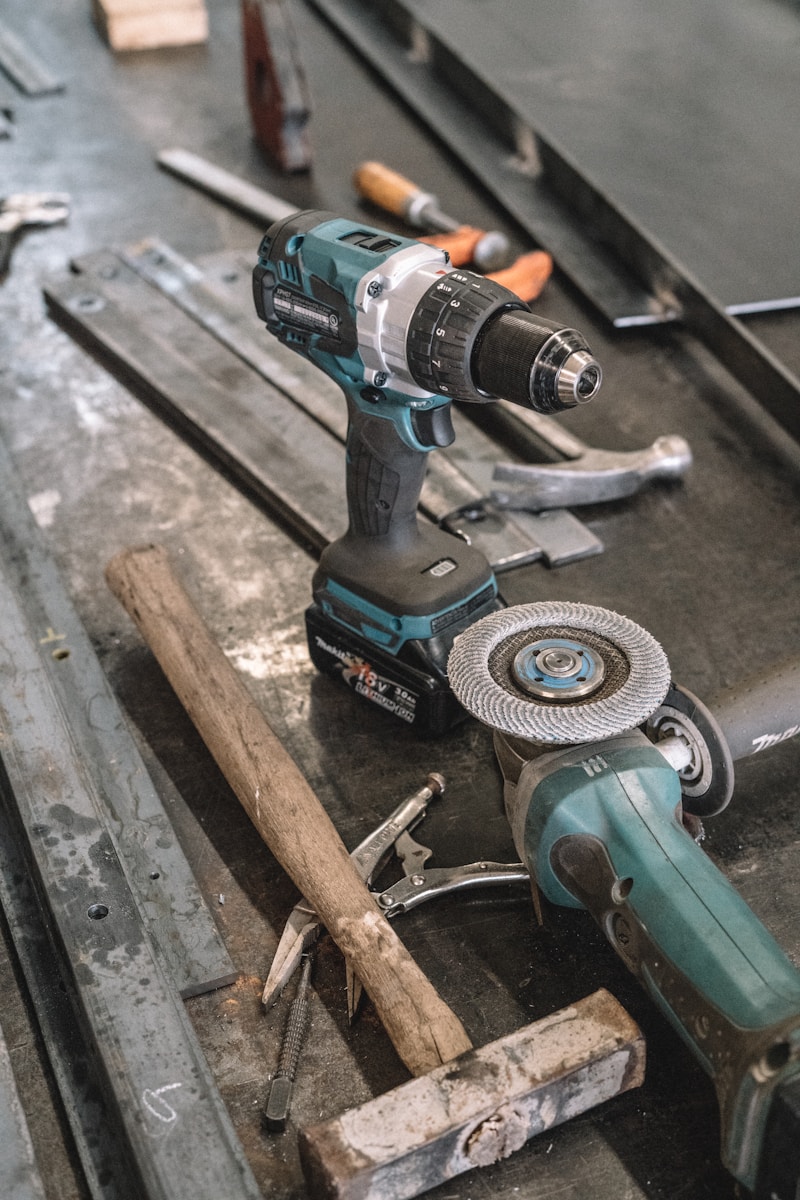The Future of Housing: Embracing the Versatility of Steel Structures
A traditional home is associated with creaking floors and brick exteriors. Even though these materials have been useful to us for millennia, the housing sector is changing.
Modern design places a strong emphasis on innovation, sustainability, and adaptation, and steel construction is starting to change the game when it comes to creating the homes of the future. These buildings, which are frequently disregarded in conventional residential construction, have several advantages that meet both present-day requirements and those of the future. Let’s check how.
- Flexibility in Design
Because steel construction provides so much architectural freedom, builders and architects can produce creative and distinctive housing solutions. Steel’s strength-to-weight ratio makes it possible to have wider windows and more open areas, which increases natural light and creates light-filled, airy living spaces. Steel is also easily formed into a wide variety of shapes and forms, meeting a broad range of architectural tastes and styles.
Steel construction’s versatility also becomes a major benefit when housing demands change. Steel structures are easily expandable or reconfigurable to meet changing needs, such as adding additional floors or modifying the layout of internal rooms. Steel is a great material to future-proof a home because of its versatility, which will keep it current and useful even as the family expands and lifestyles change.
The practice of steel construction is gaining popularity, especially in North America. Canadian steel buildings are becoming a popular option for modern living spaces because of their outstanding quality and creative design. These houses have a sleek, contemporary look that goes well with a variety of architectural designs.
- Strength and Long Lifespan
Steel constructions have several benefits, including their unmatched strength and durability. Steel constructions, in contrast to conventional wood-framed homes, are immune to typical problems like rot, termites, and warping. Because of their robustness, steel homes are significantly more resilient than wooden ones to extreme weather, including hurricanes, earthquakes, and large amounts of snowfall.
For homes in disaster-prone locations, this means fewer maintenance expenses, less of an impact on the environment during restorations, and peace of mind.
- Eco-Friendliness and Sustainability
Another important aspect influencing the move toward steel construction is sustainability. With 100% recyclability, steel is among the most recyclable materials available. This means that the environmental impact of steel structures may be greatly decreased by employing recycled components during construction. Furthermore, steel construction generates less waste than conventional building techniques.
Also, more and more solar panels and other renewable energy sources will be used in steel home designs. This integration promotes the development of self-sufficient houses and improves energy efficiency.
- Quick Construction
Steel has several advantages that go well beyond looks. Steel buildings are known for their rapid construction. This is because many steel construction components are prefabricated — manufactured off-site and assembled on location. By streamlining the process, homeowners may move into their ideal houses more quickly and construction delays are decreased.
Smart home technology may also be easily integrated into steel construction, improving the comfort and utility of contemporary houses.
- Cost-Effectiveness
Although steel might initially cost more than other materials, there are significant long-term benefits. Steel buildings will eventually cost less since they require less upkeep, consume less energy, and have a longer lifespan. Steel construction also usually proceeds more quickly, which saves labour expenses and shortens project completion times.
Applications of Steel in Modern Housing
Let’s check how steel is used in modern construction:
1. Modular Houses
Steel’s versatility has contributed to the notable expansion of the modular housing sector. For new home complexes, prefabricated steel modules provide an economical and timely alternative since they can be erected and delivered to the construction site. These houses are easily expandable and reconfigurable to suit individual needs.
2. High-Rise Residential Buildings
Steel’s strength makes it perfect for creating higher, more slender buildings in high-rise settings. This is especially helpful in cities with limited space since it allows for the construction of more homes on fewer land parcels. The addition of steel improves these building’s structural integrity and fire resistance, which further increases their safety.
3. Eco-Friendly Living Areas
Steel is becoming more and more popular in eco-friendly home designs because of the movement toward sustainable living. Energy-efficient elements like solar panels, green roofs, and cutting-edge insulation systems can be added to steel-framed homes. The longevity and recyclability of the material add even more to these living spaces’ overall sustainability.
Challenges and Factors to Consider
Although steel construction provides many advantages, there are drawbacks to take into account. Steel can initially cost more than other materials, but these differences are frequently made up for by the time and money saved throughout construction and upkeep. In addition, to guarantee energy efficiency in steel-framed houses, appropriate insulation and thermal bridging need to be addressed.
To conclude, steel buildings provide a strong answer to the problems associated with contemporary housing because of their sustainability, robustness, and cost-effectiveness. So keep steel’s endless possibilities in mind the next time you design your ideal home. It might be the key to opening doors to a day when your house is a dynamic representation of your evolving life rather than just a place to stay.





